
Going to Hiroshima was my idea; I was drawn to it as the site of a fascinating, momentous (if horrific) historical event. I don't regret it at all, but going through the Peace Memorial Museum - the grim building below - was a pretty harrowing experience. Probably not helped by the fact that part of the museum was closed for renovation, and so visitors start their tour/immersion pretty much at the moment of the atomic bomb's detonation, with this model of the city with a massive red ball, representing the bomb exploding, suspended over it.
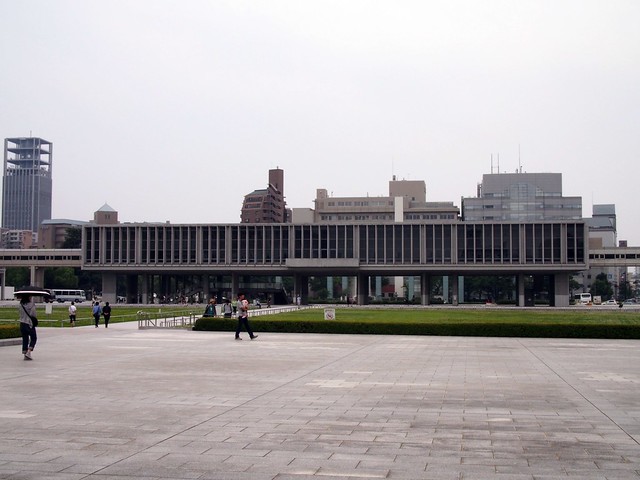
From there the galleries do a very good job of immersing you in the horror of the bombing and the aftermath. One theme that stayed with me was the seemingly endless stories of young teenagers who died, accompanied by displays of shredded school uniforms and other personal items. Many of these kids would not normally have been in the city but they had been mobilised for war service and put to work tearing down and clearing buildings to create fire lanes.
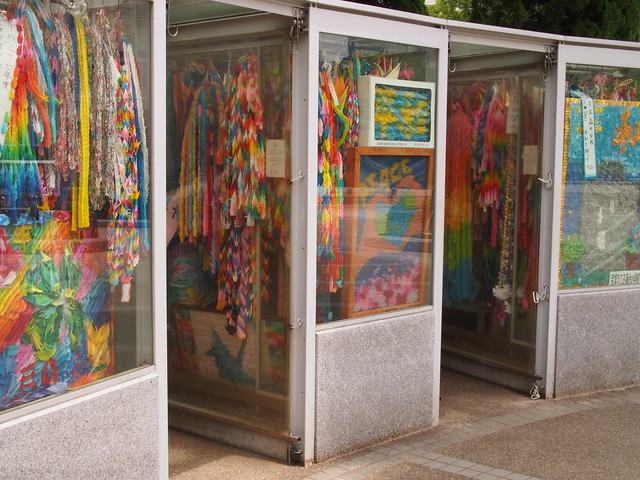
I'm sure I came across the story of Sadako and the paper cranes quite young. In the years after she died of leukemia, Sadako's classmates raised money to build a memorial to her and other children who had died as a result of the atomic bombing.
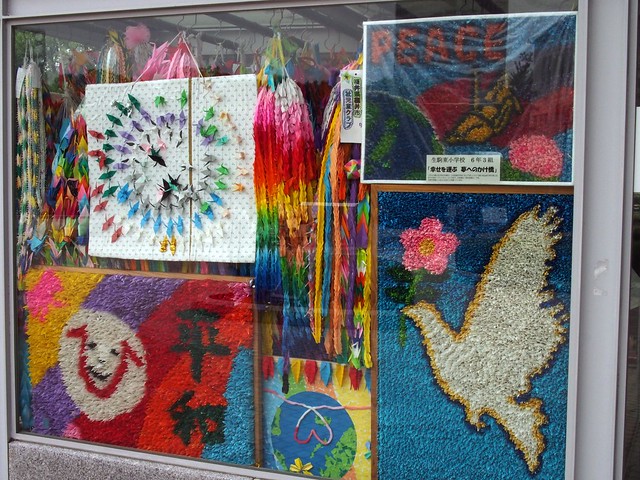
Sadako's story became so well known and such a popular symbol of peace that people from all over the world started bringing or sending paper cranes to the Hiroshima memorial, and they still do. Display cases around the memorial showcase the latest collections, either in long strings or arranged into colourful pictures.
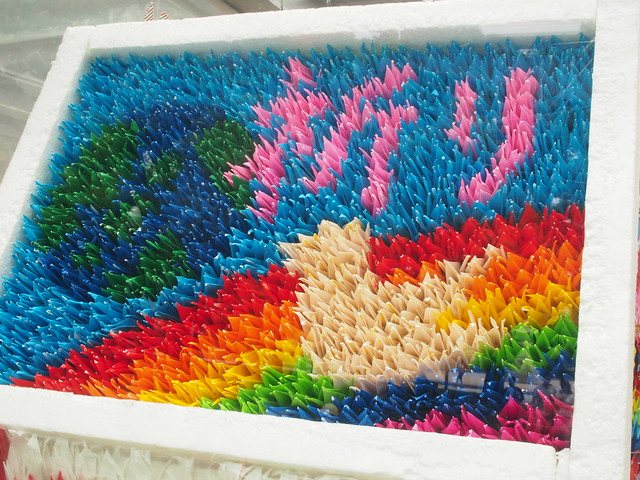
Eventually as the paper fades and ages, the cranes are recycled to make new paper. In the museum gift shop I bought postcards and writing paper made from recycled paper cranes.
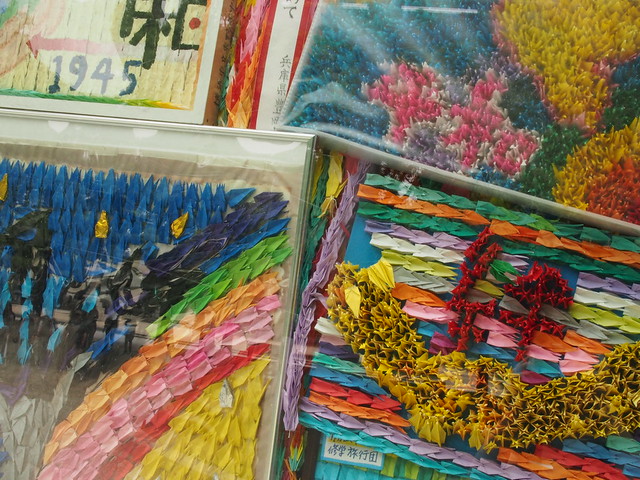
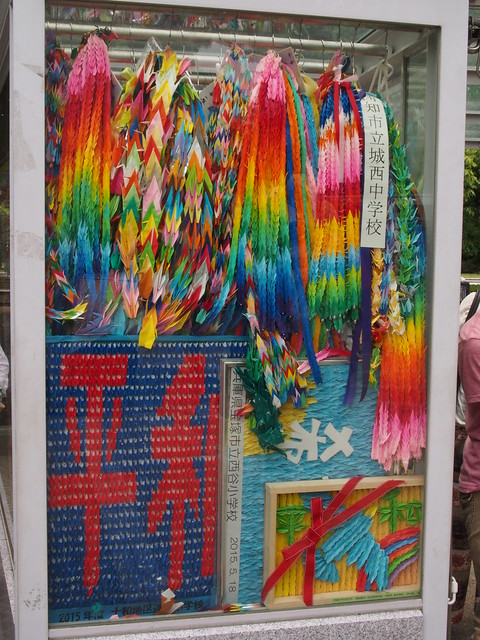
A moderate walk beyond the children's memorial, we came to the A-Bomb Dome (Hiroshima Peace Memorial). This was the only building so close to the hypocenter of the blast which was left standing, and the city decided to keep it in its shattered state as a memorial.

Near the dome, a couple of bomb survivors had tables set up, where they were talking to people and I think selling books. Volunteer tour guide Okihiro Terao made these very beautiful glass 'before and after' models of the building, formerly the Products Exhibition Hall.

I came away from Hiroshima wanting to know more about the context of the atomic bombings of Hiroshima and Nagasaki at the time. I knew only the basic facts and the idea that the bombings had been considered to have ended the war, but I wanted to know especially how the decision was seen in the US at the time and after, and what people knew about the bombs, their destructive power and the radiation effects. In the past couple of weeks I've been reading 'Hiroshima in America' which covers some of this ground. It does spend a lot of time on the psychology of several important figures in the decision, especially President Truman - interesting stuff, if it does go on a bit (and as many reviews have pointed out, maybe speculates a bit much). The thing is, during the last few days of our trip, in I saw this book in the small English section of a huge secondhand book shop in Tokyo, and I was instantly drawn to it. But it was a large hardcover, I have a small suitcase, and have mostly broken my habit of book-buying while travelling; so I moved on quickly to the basement full of second hand clothing instead. Once I got home I couldn't stop thinking about that book. I had moved myself on so quickly I hadn't even written down the details, but I managed to figure it out and soon an old library copy was on its way to me via Better World Books.

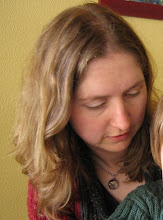
2 comments:
It's really intense isn't it? I found the museum horrific and moving. It is pretty graphic at times, but I guess it's a good education for those who have never seen the destruction in person. I stayed with the most hospitable and kind family of a friend in Hiroshima and since my visit there 8 years ago, that whole family, parents and aunts and uncles of my friend, have all died of cancer. Such long reaching devastation that bomb caused. It really is an incredible phoenix from the ashes that city hey? You'd never know it practically didn't exist 70 years ago.
So much colour. I didn't expect that.
I remember reading about Sadako and I know it was in Tasmania so I must have been very young. Such a resonant story.
Post a Comment